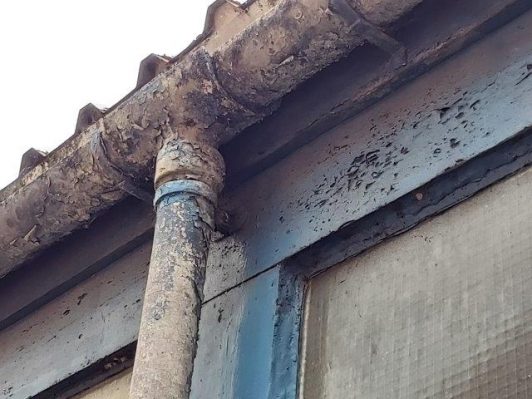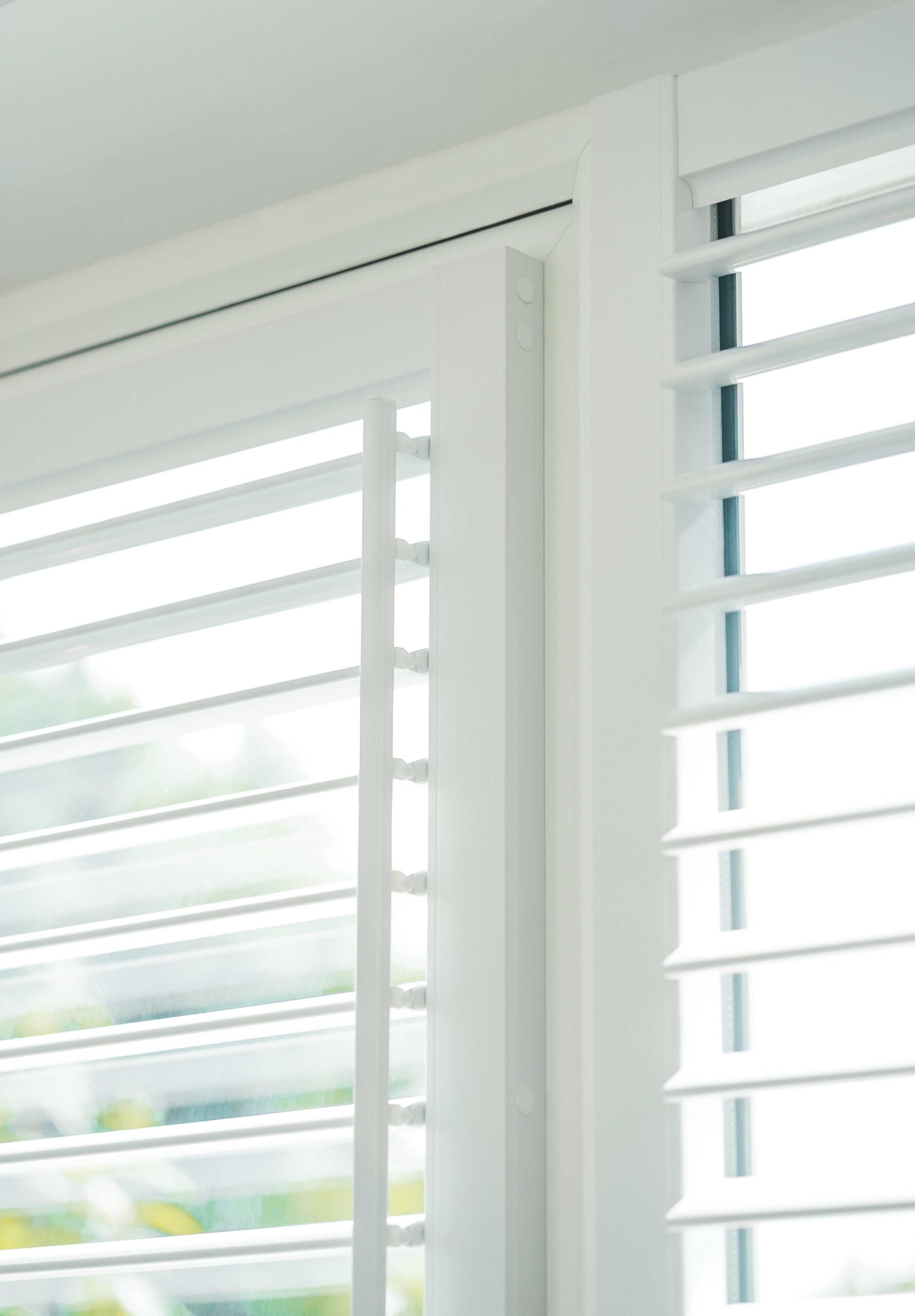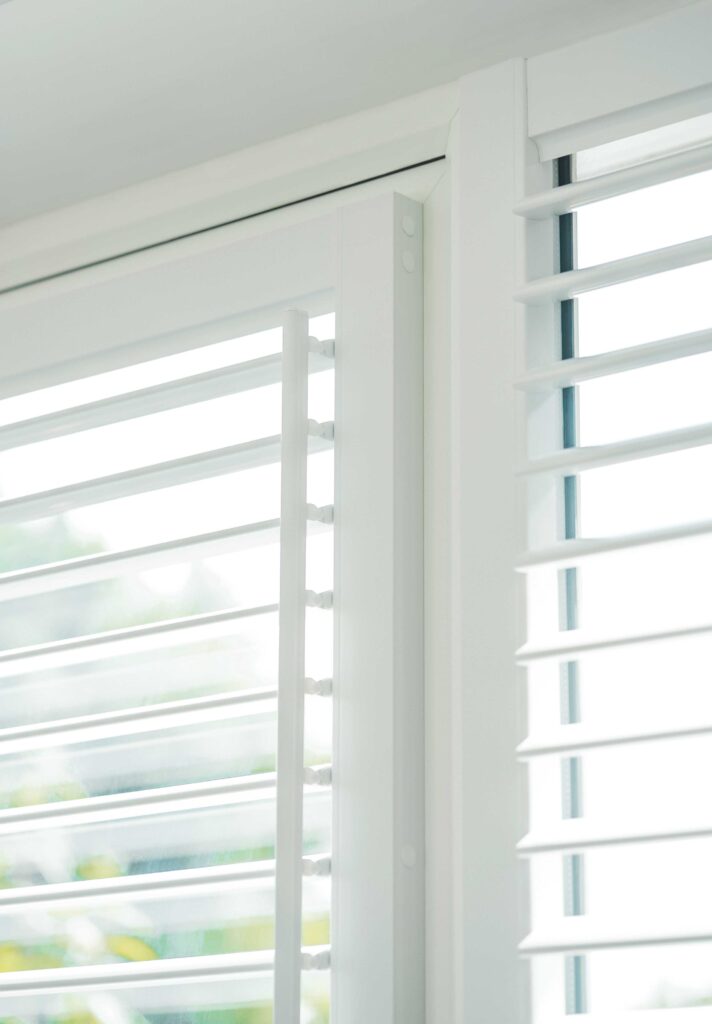As temperatures drop and evenings draw in, small changes can make a big difference to warmth and running costs. Winter energy saving tips focus on reducing heat loss first, then optimising how and when you heat. That sequence delivers comfort improvements you can feel without big spending.
The quick wins most homes can do this week
Start with draught proofing around letterboxes, loft hatches and floorboards. Add radiator reflector panels behind external wall radiators to bounce heat back into rooms. Top up loft insulation if it is below the recommended depth. These winter energy saving tips are low fuss and often pay back within a season.

Windows, shading and shutters for year round comfort
Glazing is a common heat loss pathway. Thermal curtains, lined blinds and interior shutters create an insulating air gap that slows heat transfer at night. In summer the same treatments limit solar gain. For period bays and tricky frames, made to measure options such as mansfield shutters give a tight seal around the reveal, which helps the window lose less heat and makes the rest of your winter energy saving tips work harder
Smart controls and better timing
Program heating to match occupancy instead of running constantly. Pre-heat living spaces before you need them, then drop temperatures overnight. Zoning with smart thermostatic radiator valves lets you keep bedrooms cooler while living areas stay comfortable. These control tweaks are among the most reliable winter energy saving tips because they cut waste without sacrificing comfort.
Appliance habits that reduce hidden waste
Air clothes if possible before using a tumble dryer, keep fridge seals clean, and run dishwashers on eco cycles. Small behaviours compound over a month. Pair these with LED lighting and you will notice steadier bills alongside the structural winter energy saving tips above.
Maintenance that protects efficiency
Bleed radiators so the full panel heats evenly, and check boiler pressure sits in the recommended range. Book routine servicing to maintain efficiency and safety. A well-maintained system makes every other winter energy saving tip more effective.
Before the clocks change
Shorter daylight hours can hide cold spots. Walk your home at dusk and note where you feel draughts or see condensation on frames. Target those areas first with seals, vents set correctly and lined window treatments. This simple audit sharpens the impact of your winter energy saving tips.
FAQs about winter energy saving tips
Do shutters or blinds really help in winter
Yes. They create an insulating air gap at the window, reduce radiant heat loss, and limit draughts around frames. Pairing shutters or lined blinds with good seals improves the overall performance of your winter energy saving tips.
Is lowering the thermostat by one degree worth it
For many homes it is. A small reduction often feels barely noticeable but reduces the amount of heat your system must deliver. Combine a slight set-point drop with zoning and you will usually see steadier bills.
What should renters focus on first
Choose reversible measures. Use removable draught excluders, thermal curtains on tension poles, and reflective radiator panels. These renter-friendly winter energy saving tips avoid damage to walls and frames but still cut heat loss.




